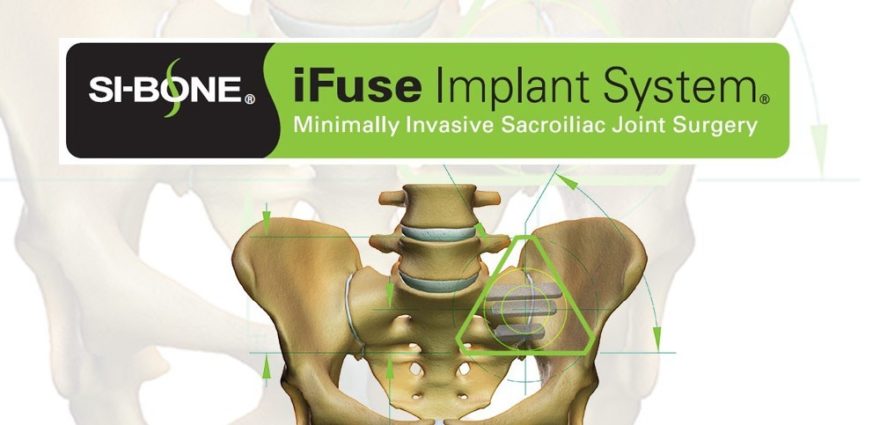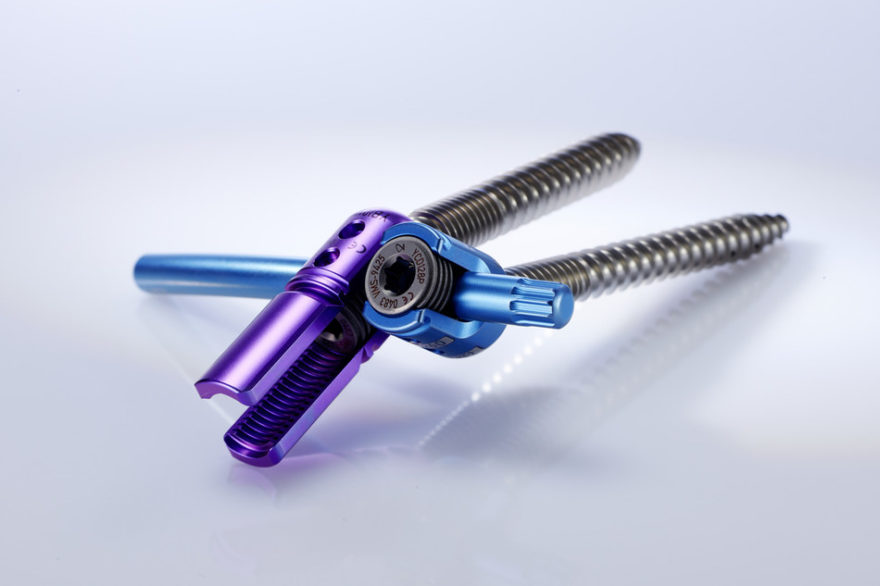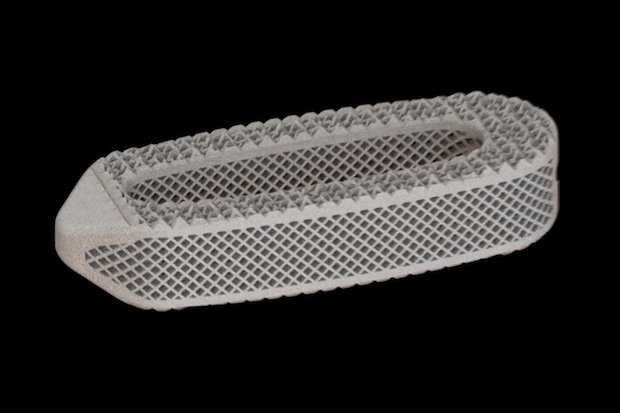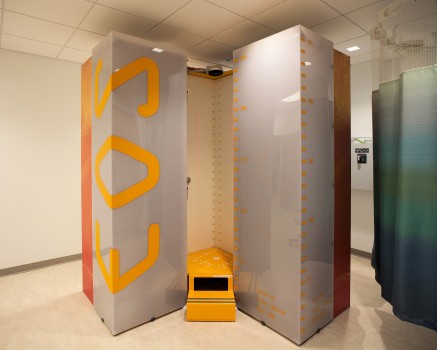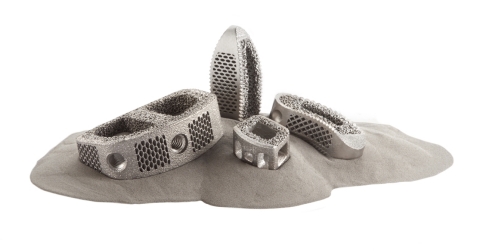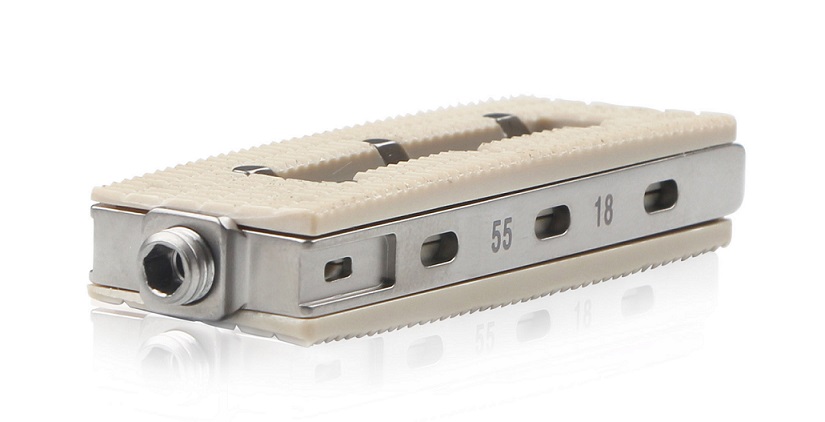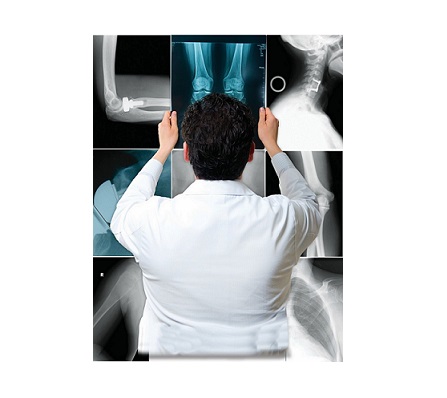SANTA CLARA, Calif., Aug. 27, 2018 /PRNewswire/ — SI-BONE, Inc., a medical device company that pioneered the minimally invasive surgical (“MIS”) treatment of the sacroiliac (“SI”) joint with the iFuse Implant System® (“iFuse”) announced that iFuse will be added to the List of Refundable Products and Services in France (Liste des Produits et Prestations Remboursables – LPPR), meaning that the French National Healthcare System will cover the iFuse ProcedureTM. Reimbursement, which is exclusive to the iFuse ImplantTM, has been established following the favorable opinion of the National Commission for the Evaluation of Medical Devices and Health Technologies (CNEDIMTS), begins September 6, 2018 and is effective for an initial period of five years.
The CNEDIMTS concluded, in its opinion of December 5, 2017*, that the iFuse Procedure’s observed outcomes, including improvements in quality of life and work status, are sufficient to include iFuse on the list of Products and Services provided for in Article L.165-1 of the Social Security Code. The Commission recommends brand name registration for the iFuse Implant System with the following indications: second-line treatment of sacroiliac joint dysfunction caused by sacroiliac joint disruption or degenerative sacroiliitis in patients who fail to respond to conservative treatment. Before treatment with iFuse, a diagnosis of unilateral or bilateral SI joint dysfunction must have been confirmed with positive responses to at least three out of the five SI joint provocative maneuvers (iliac wing spacing test (distraction), iliac wings approximation test (compression), the vertical compression test of each SI joint (thigh thrust), the sacral test (Faber) and the shear test of the two supine SI joints (Gaenslen), and a positive response to palpation of the SI joint. Patients who meet the above criteria may experience relief from diagnostic injections with anesthetics and/or corticosteroid injections in the sacroiliac joint. If the clinical response to an anesthetic injection is significantly positive, the sacroiliac joint may be considered as the source of the pain, and treatment with iFuse is indicated absent any contraindications.
The commission recommends reserving the use of the iFuse Implant device to surgeons who are accustomed to using image-guided surgery and who have received specific training on the iFuse Procedure.
The iFuse Implant System® implant is included in the LPPR list under the code 3147413, the corresponding act is NEDB454 “Arthrodesis of the Sacro-iliac joint by transparietal way, with radiological guidance”.
The iFuse ImplantTM, available in Europe since 2010, is the only SI joint fusion device believed to be supported by multiple prospective clinical studies, including two randomized controlled trials, showing that the device improves pain, patient function and quality of life. The body of peer-reviewed published clinical evidence, unique to the iFuse Implant, has enabled government and private payors to establish positive coverage exclusive to the iFuse triangular implant. There are over 55 peer-reviewed publications supporting the safety, effectiveness, biomechanical and economic benefits of the iFuse Implant. (www.si-bone.com/results).
About SI joint dysfunction
The SI joint has been attributed as a source of pain in 15-30 percent of patients with chronic low back pain1-4, and in up to 43 percent of patients with new onset or persistent low back pain after lumbar fusion.5 Patients with certain types of sacroiliac joint dysfunction experience pain that can be debilitating. SI joint dysfunction is often misdiagnosed and the resulting pain can be incorrectly attributed to other causes. SI joint dysfunction can be identified when a patient points to the source of their pain directly over the posterior superior iliac spine (PSIS), known as the Fortin Finger Test6, combined with a number of positive provocative maneuvers that stress the SI joint and elicit pain, followed by diagnostic injections to confirm the diagnosis. The SI joint is the largest of the eight major joints in the human body and is believed to be the last to have a proven surgical treatment.
About SI-BONE, Inc.
SI-BONE, Inc. (Santa Clara, California) is a leading medical device company that developed the iFuse Implant System, a proprietary minimally invasive surgical implant system to fuse the sacroiliac joint to treat common disorders of the joint that can cause lower back pain. In the United States, the iFuse Implant System is intended for sacroiliac fusion for conditions including sacroiliac joint dysfunction that is a direct result of sacroiliac joint disruption and degenerative sacroiliitis. This includes conditions whose symptoms began during pregnancy or in the peripartum period and have persisted postpartum for more than 6 months. There are potential risks associated with the iFuse Implant System. It may not be appropriate for all patients and all patients may not benefit. For information about the risks, visit: www.si-bone.com/risks
SI-BONE and iFuse Implant System are registered trademarks of SI-BONE, Inc. ©2018 SI-BONE, Inc. All Rights Reserved. 10217.082718
- Bernard TN, Kirkaldy-Willis WH. Recognizing Specific Characteristics of Nonspecific Low Back Pain. Clin Orthop Relat Res. 1987;217:266–80.
- Schwarzer AC, Aprill CN, Bogduk N. The Sacroiliac Joint in Chronic Low Back Pain. Spine. 1995;20:31–7.
- Maigne JY, Aivaliklis A, Pfefer F. Results of Sacroiliac Joint Double Block and Value of Sacroiliac Pain Provocation Tests in 54 Patients with Low Back Pain. Spine. 1996;21:1889–92.
- Sembrano JN, Polly DW Jr. How Often is Low Back Pain Not Coming From The Back? Spine. 2009;34:E27–32.
- DePalma M, Ketchum JM, Saullo TR. Etiology of Chronic Low Back Pain Patients Having Undergone Lumbar Fusion. Pain Med. 2011;12:732–9.
- Fortin JD, Falco FJ. The Fortin finger test: an indicator of sacroiliac pain. Am J Orthop (Belle Mead NJ). 1997;26(7):477–480.
SOURCE SI-BONE, Inc.

